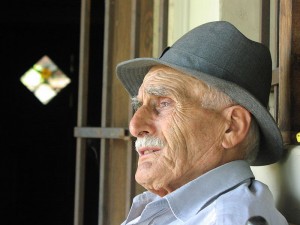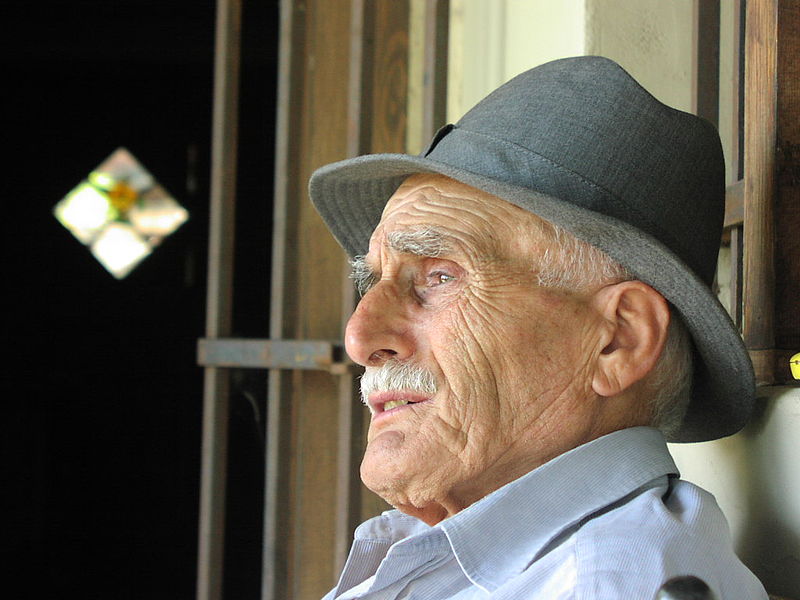New Help for Aging Skin: Rejuvenate with Light!
Aging is a complex, progressive process that manifests outwardly as wrinkles, reddish spots, blemishes and other undesirable changes on the skin. Long-term, habitual exposures to the sun—along with various genetic and nutritional factors—play a key role in the aging process. It has been estimated that up to 90% of skin aging is due to the harmful effects of frequent sun exposure. The process by which sunlight accelerates the aging process is now referred to as photoaging.
Typical signs of photoaging include the following: general loss of skin tone in sun exposed areas; wrinkles around the eyes and mouth; lines and creases on the forehead; age spots or liver spots (solar lentigines); broken blood vessels on the nose and cheeks; enlarged pores; spider veins on the nose, cheeks, and neck; redness caused by broken capillaries and rosacea; and red, rough scaly spots (actinic keratosis).
How does the sun’s ultraviolet (UV) radiation cause such damage in the skin? Though many mechanisms have been identified, it is clear that part of the damage is due to changes in collagen, the most abundant protein in the body and a critical component of connective tissues. In general, a decline in the skin’s collagen content is correlated with a steady loss of the skin’s resilience and elasticity or suppleness. These and other changes are all part of the photoaging process.
Ironically, light can also be used to restore the skin to a more youthful appearance. This approach, known as photorejuvenation, is aimed at curbing and even reversing wrinkles and other telltale signs of premature aging. Photorejuvenation treatments can also enhance the appearance of birthmarks and uneven pigmentation.
The Photodynamic Angle on Anti-Aging
Photodynamic therapy (PDT) is a light-based technique that has been used in the treatment of a wide range of health problems. In the standard treatment for photoaging and related skin problems, a photosensitizer or light-sensitizing cream is applied to the skin. A standard component of this cream is 5-aminolevulinic acid (ALA), which promotes the production of a natural photosensitizer that becomes concentrate in diseased, damaged or abnormal cells. Upon exposure to light, those same cells tend to die off more rapidly.
Over the past decade, a small handful of clinical studies have explored PDT’s potential role in the rejuvenation of aged skin. In a recent study of 14 adults with photoaged skin, researchers at the Shanghai Skin Diseases Hospital in Shanghai (China) applied either ALA-PDT or red light alone to the forearm. Before and after treatment, the treated sites were carefully examined and measured for hydration, elasticity, and other specific changes in the skin. In addition, the investigators performed a microscopic analysis of key proteins, including various collagens and elastins that bear an integral relationship to skin health.
Both treatments were able to improve the skin’s overall appearance and reduce photoaging lesions. Nevertheless, these changes were more pronounced in the ALA-PDT group compared to the red light group. The Shanghai authors concluded that ALA-PDT resulted in significantly better photorejuvenation when compared to red light alone.
Similarly, a recent Korean study showed that PDT helped clear the reddish patches on the skin known as actinic keratosis. The average remission rate after three PDT sessions was 86%. The same study found that PDT had rejuvenating effects on the skin, including significant improvements in various signs of photoaging such as coarse wrinkles, skin roughness, and erythema (redness of the skin). These findings were reported online ahead-of-print in the 16 September 2014 issue of Photodermatology, Photoimmunology and Photomedicine.
How Light Heals
PDT remains controversial for the treatment of aging skin aging in part because scientists don’t yet fully understand how it works. They would like to identify the fundamental cellular and molecular mechanisms that underlie the photorejuvenation effects of this light-based therapy.
In the typical treatment situation, as mentioned above, a topical cream containing ALA is applied before the light treatment. This agent indirectly sensitizes abnormal cells to light, and the subsequent photodynamic reaction results in the generation of highly reactive oxygen molecules (dubbed reactive oxygen species or ROS). These ROS are thought to aid in the destruction of damaged or abnormal cells.
Researchers at Ajou University School of Medicine, in Suwon, Korea, recently showed that the ROS generated during these treatments promotes the activation of a specific enzyme called extracellular signal–regulated kinase, or ERK. This enzyme, in turn, triggers the proliferation of fibroblasts, cells intimately involved in both wound healing and photorejuvenation. By activating ERK, photodynamic treatments seem to help skin regenerate or rejuvenate faster, as reported in a recent issue of the Journal of Investigatve Dermatology.
In previously published research, the same group of Korean scientists had shown that ALA-PDT helped increase the amount of collagen in photoaged skin and had favorable effects on the shape of fibroblasts—all of which may help explain the treatment’s capacity for enhancing the photorejuvenation process.
Other studies have shown that PDT may be combined with pulsed light and various skin rejuvenation agents in order to further boost the degree of photorejuvenation. It seems highly ironic that, while sunlight is thought to accelerate the aging of the skin (a process known as photoaging), light can also be used to reverse this process when combined with a photosensitizer in the proper way. The use of PDT as a way a vehicle for photorejuvenation will no doubt continue to be a major focus of intensive research in the years ahead.
Support us by buying our book, The Medicine of Light, and ebooks from our Photoimmune Discoveries eBook Series.
Sources
Kim BK, Lee NR, Park SY, Eom M, Choi EH. Efficacy of photodynamic therapy with laser pretreatment for actinic keratosis and photorejuvenation as evaluated by fluorescent imaging. Photodermatol Photoimmunol Photomed. 2014 Sep 16. [Epub ahead of print]
Ramaswamy P, Powers JG, Bhawan J, Polyak I, Gilchrest BA. Effective blue light photodynamic therapy does not affect cutaneous langerhans cell number or oxidatively damage DNA. Dermatol Surg. 2014 Sep;40(9):979-87.
Jang YH, Koo GB, Kim JY, Kim YS, Kim YC. Prolonged activation of ERK contributes to the photorejuvenation effect in photodynamic therapy in human dermal fibroblasts. J Invest Dermatol. 2013 Sep;133(9):2265-75
Park JY, Jang YH, Kim YS, Sohn S, Kim YC. Ultrastructural changes in photorejuvenation induced by photodynamic therapy in a photoaged mouse model. Eur J Dermatol. 2013 Jul-Aug;23(4):471-7.
Cuerda-Galindo E, Palomar-Gallego MA, Linares-GarcíaValdecasas R. Are combined same-day treatments the future for photorejuvenation? Review of the literature of combined treatments with lasers, intense pulsed light, radiofrequency, botulinum toxin and fillers for rejuvenation. J Cosmet Laser Ther. 2014 Sep 26:1-13. [Epub ahead of print]
© Copyright 2014, Photoimmune Discoveries, BV



 English
English Français
Français Deutsch
Deutsch Nederlands
Nederlands